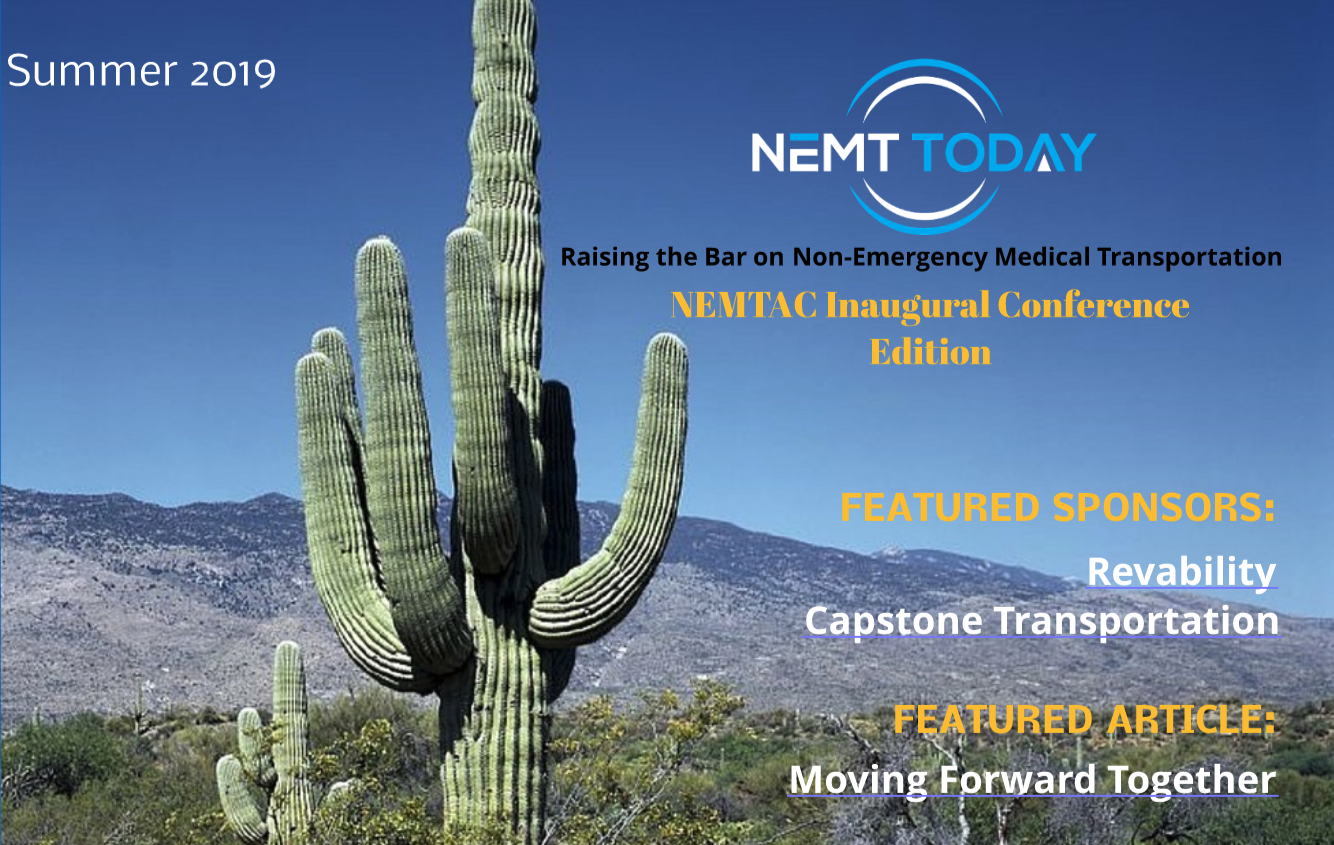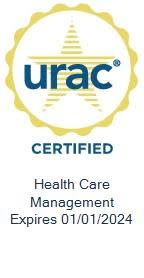Veyo Featured in the NEMT Today: Can Ridesharing Work in NEMT?
August 16, 2019
Veyo was recently featured in the latest issue of NEMT Today with a summary of our Arizona Case Study on ridesharing in NEMT. NEMT Today is put out by NEMTAC, the Non-Emergency Medical Transportation Accreditation Commission, who is dedicated to championing standards and best practices for the provision of non-emergency medical transportation. The original article can be found here and is reprinted below.
——-
Veyo in Arizona: Can Ridesharing Work in NEMT?
The Ridesharing Revolution
In the last ten years, technology has radically transformed ground transportation for the better. Cloud technologies, GPS-tracking, and mobile apps have been connected to a virtual, scalable, and cost-effective fleet of drivers and their vehicles. This new model of transportation allows for tracking, insights, efficiencies, and increased levels of service like never before possible.
But consumer TNCs were built to primarily serve individuals in urban geographies without any special needs. They excel in dense, urban areas with passengers who can easily find a vehicle on a crowded street and jump in with no assistance. What happens when the passenger lives in a rural setting or requires a wheelchair for mobility?
Adapting Ridesharing for Healthcare
In 2015, Veyo launched a new model for Medicaid transportation, adapting these TNC innovations for the complex needs of the healthcare industry, and most critically, Non- Emergency Medical Transportation (NEMT) beneficiaries. Central to Veyo’s strategy was creating its own vertically integrated ridesharing network – purpose built for the healthcare industry and the unique needs of the Medicaid population.
These highly qualified and NEMT-specialized rideshare drivers use their own vehicles to accept on-demand trips and transport Medicaid and Medicare patients to and from their healthcare appointments. They are fully credentialed to meet all federal, state, and managed care plan requirements, including background checks, drug tests, CPR certification, HIPAA training, customer service training, and sensitivity training. When partnered with traditional transportation providers, this combination creates a less costly, more responsive, and more transparent transportation solution that can handle ambulatory, wheelchair, bariatric, stretcher, and other modes as required.
Arizona: A Case Study
Since the model was introduced just over three years ago, Veyo IDPs have conducted over 6.5 million trips in the Arizona market and brought a more reliable, faster, higher quality, and lower cost service to Arizona’s Medicaid members. Veyo’s rideshare fleet has:
- Increased the Arizona NEMT capacity by over 3,000 vehicles, while the capacity of traditional NEMT fleets has continued to decline.
- Completed over 6.5 million trips in the Arizona market, with nearly 3,000 Veyo IDPs completing between 7,000 and 8,000 trips each day.
- An on-time rate of 95% and a grievance rate of just 0.02% – 10x lower than the average grievance rate from a traditional provider fleet.
- An average time from trip dispatch to member pickup of just 14 minutes.
To learn more about Veyo and view the full Arizona case study, fill out the form below.
Want to learn more about our efforts in Arizona?
Download our latest white paper: Ridesharing in NEMT.


